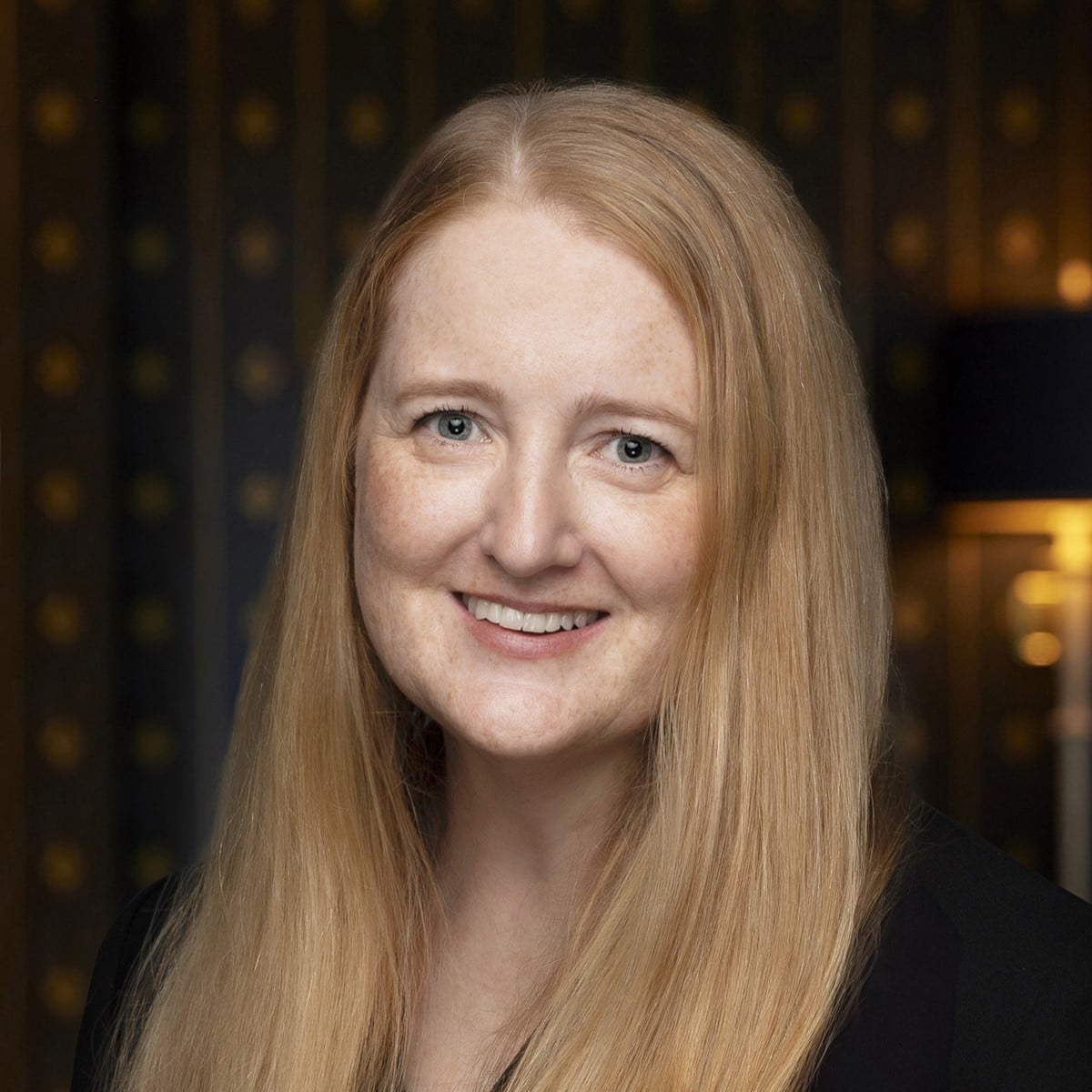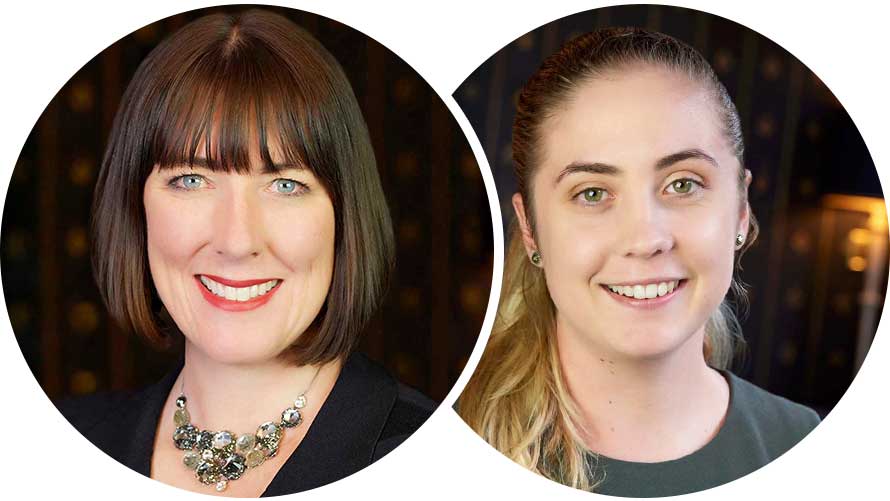19 July 2024 | EU | Gedeon Richter’s EU Denosumab Biosimilars Accepted
On 19 July 2024, Gedeon Richter announced that the European Medicines Agency (EMA) accepted its marketing authorisation applications (MAAs) for its denosumab biosimilars for all indications of Regeneron’s Xgeva® and Prolia®. Gedeon Richter’s denosumab biosimilars are the first monoclonal antibodies in the company’s biosimilar portfolio.
These acceptances follow the approval of Sandoz’s Jubbonti® and Wyost® (denosumab) in Europe in May 2024 and the EMA’s acceptance of MAAs for denosumab biosimilars of Fresenius Kabi (FKS518, May 2024) and Shanghai Henlius Biotech/Organon (HLX14, May 2024).
Denosumab biosimilars have also been approved in the US (Sandoz’s Jubbonti® and Wyost®) and in China (Boan Biotech’s Byoubei® and Boluojia® and Mabwell’s Mailishu® and MaiweijianTM).
18 July 2024 | US | GoodRx Supplies BI’s Citrate Free Adalimumab at 92% Discount to Humira
On 18 July 2024, Boehringer Ingelheim (BI) and GoodRx announced that Boehringer’s high and low concentration citrate-free Adalimumab-adbm products are being supplied in the US at a 92% discount from Humira® list price through GoodRx.
This follows the news in April 2024 of Alvotech’s deal with Cigna subsidiary Quallent Pharmaceuticals, and BI followed with a similar deal in May 2024.
BI’s high-concentration formulation of adalimumab, Cyltezo®, was approved in May 2024, whilst the low concentration formulation has been available since July 2023.
The 50mg/mL Cyltezo® is approved as an interchangeable biosimilar to Humira®, whilst the 100mg/mL product is not.
Alvotech and Teva’s Simlandi® was the first interchangeable high-concentration, citrate-free biosimilar to Humira® approved by FDA in February 2024. FDA has also approved high concentration formulations of Samsung Bioepis’ Hadlima™, Amgen’s Amjevita™, Sandoz’s Hyrimoz®, and Celltrion’s Yuflyma®.
18 July 2024 | US | FDA Accepts Roche’s sBLA For Susvimo® (Ranibizumab) for DME and DR
On 18 July 2024, Roche announced that FDA has accepted its supplemental BLA for Susvimo®, a refillable ocular implant containing a specialised formulation of ranibizumab, for the treatment of diabetic macular oedema (DME) and diabetic retinopathy (DR).
This follows the FDA’s approval of the relaunch of Susvimo® for nAMD earlier this month.
Also on 18 July 2024, Roche announced two-year data from the Phase III Pagoda and Pavilion studies evaluating Susvimo® for DME and DR, with Susvimo® demonstrating sustained efficacy over that period and safety consistent with the known safety profile for Susvimo® in patients with DME and DR.
18 July 2024 | Long-Term Safety and Tolerability of Roche’s Vabysmo® (Faricimab) Demonstrated in DME
In what is said to be the largest long-term extension dataset to date for diabetic macular oedema (DME), Roche reports that its Vabysmo® (faricimab) was well-tolerated in DME patients receiving treatment for up to 4 years. The “RHONE-X” study met all primary endpoints, with more than 90% of patients free of DME after 4 years.
Vabysmo® was first approved in the US in January 2022 for nAMD and DME and is available in multiple countries, including Europe, Canada and Australia. Vabysmo® was also approved in the US (in October 2023) and Japan (in March 2024) for macular oedema following retinal vein occlusion.
17 July 2024 | CN | Boan Biotech’s Biosimilar Aflibercept Application Accepted in China
On 17 July 2024, Boan Biotech announced that China’s Centre for Drug Evaluation of the National Medical Products Administration (NMPA) has accepted its BLA for BA9101, biosimilar to Regeneron’s Eylea® (aflibercept). The BA9101 application is for all Eylea® indications, namely nAMD and diabetic macular oedema.
In the US, aflibercept biosimilars have been approved for Samsung Bioepis’ Opuviz™ (May 2024), Biocon’s Yesafili™ (May 2024) and Formycon/Klinge’s FYB203/Ahzantive® (June 2024). These and other aflibercept biosimilars are the subject of BPCIA litigation commenced by Regeneron against Samsung Bioepis, Amgen, Formycon, Celltrion and Biocon/Mylan.
Biocon received marketing approval for Yesafili™ in the UK (November 2023) and the EU (September 2023), while Formycon’s MAA for FYB203 was accepted by EMA in December 2023. On 1 July 2024, South Korea’s Alteogen announced that its subsidiary Altos Biologics submitted an MAA to the EMA for its aflibercept biosimilar, ALT-L9.
In Korea, Samsung Bioepis’ Afilivu® and Celltrion’s EydenzeltTM (CT-P42) received approval as biosimilars to Eylea® in February 2024 and May 2024, respectively.
17 July 2024 | CN | Junshi Biosciences’ sNDA for Toripalimab/Bevacizumab Combo Accepted in China for HCC
On 17 July 2024, Junshi Biosciences announced that China’s National Medical Products Administration has accepted for review its supplemental new drug application (sNDA) for Tuoyi® (toripalimab) combined with bevacizumab for first-line treatment of unresectable or metastatic hepatocellular carcinoma (HCC). Toripalimab has previously been approved for a number of cancer indications in China.
In January 2024, Coherus launched Loqtorzi® (toripalimab-tpzi) in the US after it was approved by the FDA on 27 October 2023 in combination with cisplatin and gemcitabine for metastatic or recurrent locally advanced nasopharyngeal carcinoma (NPC), and as monotherapy for the treatment of adults with recurrent, unresectable, or metastatic NPC with disease progression on or after platinum-containing chemotherapy.
Pursuant to an agreement entered in February 2021, toripalimab is co-developed by Junshi and Coherus, with Coherus responsible for commercialisation of the drug in the US and Canada.
17 July 2024 | EU | Celltrion’s Remsima SC (Infliximab) Achieves Record Market Share in Europe
On 17 July 2024, Celltrion reported that its Remsima SC (infliximab subcutaneous injection), biobetter to Remsima® (IV product), a biosimilar to Janssen’s Remicade® (infliximab), has recorded European market share of over 20% for the first time since its 2020 EU launch. This is based on data for Q1 2024 from pharmaceutical market research firm IQVIA and is partly attributed to successful Remsima SC tenders in Germany, Spain, the UK, Italy and France.
According to Celltrion’s press release, EU market share for its biosimilars Vegzelma (bevacizumab) and Uplyma (adalimumab) has also increased in Q1 2024, with that for Vegzelma almost doubling compared to Q1 2023 and that for Uplyma reaching double digits for the first time.
Celltrion has recently won tenders to supply Remsima SC in Denmark (April 2024) and Norway (February 2024).
16 July 2024 | EU | UPC First Revocation: Amgen’s Repatha® Patent Revoked
On 16 July 2024, the Munich Central Division of the UPC issued judgment in revocation actions brought by Sanofi and Regeneron, declaring Amgen’s evolocumab patent EP3666797 invalid in all 17 UPC contracting States, based on lack of inventive step. This is the first patent revocation decision issued by the UPC.
Amgen’s EP3666797, related to antigen binding proteins to proprotein convertase subtilisin/kexin type 9 (PCSK9) including evolocumab, is marketed by Amgen as Repatha®. Sanofi and Regeneron market a PCSK9 inhibitor, alirocumab, under the brand name, Praluent®.
Sanofi filed its UPC revocation case on 1 June 2023, the day of the UPC’s commencement. Regeneron’s revocation action was filed as a counter-claim to an infringement action brought by Amgen, also on 1 June 2023.
On 18 May 2023, the US Supreme Court invalidated antibody genus claims in two Amgen patents relating to Repatha® (evolocumab). Judgment in an opposition by Sanofi to Amgen’s corresponding Australian patents is pending.
16 July 2024 | CA | Sandoz’s Denosumab Biosimilar Launched in Canada
On 16 July 2024, Sandoz announced the Canadian launch of Wyost® (denosumab), biosimilar to Amgen’s Xgeva®. Wyost® is available as a 120 mg subcutaneous injection for use every four weeks.
Wyost® was the first denosumab biosimilar approved in Canada in March 2024 for all Xgeva® indications, including the prevention of bone fractures in bone metastatic cancers and treatment of bone giant cell tumours in adults. This followed the Canadian approval of Sandoz’s Jubbonti®, biosimilar to Amgen’s Prolia® (denosumab) in February 2024 for osteoporosis and increasing bone mass.
Sandoz’s Wyost® and Jubbonti® were the first denosumab biosimilars approved in the US in March 2024. Following the April 2024 resolution of US BPCI proceedings commenced by Amgen against Sandoz in May 2023, Jubbonti® and Wyost® are expected to launch in the US from 31 May 2025.
10 July 2024 | US | Novo Nordisk’s Wegovy® (Semaglutide) Reduces Dementia Risk
Novo Nordisk’s Wegovy® (semaglutide) known for treating diabetes, weight loss benefits, and reducing cardiovascular events and kidney disease risks, has been shown in a University of Oxford study, supported by the NIHR Oxford Health Biomedical Research Centre and the Medical Research Council, to lower dementia risk by 48% compared to MSD’s Januvia® (sitagliptin). The study also found a 28% reduction in nicotine misuse compared to Januvia® and Pfizer’s Glucotrol® (glipizide), using health records of over 100,000 patients. While prior studies linked diabetes to higher dementia risk, the findings contribute to the benefits of GLP-1 treatments.
In March 2024, the FDA approved a label expansion for Wegovy® for reducing risks of major adverse cardiovascular events (MACE) including death, myocardial infarction, or stroke in adults with obesity and/or established cardiovascular disease (CVD). Novo Nordisk has also requested equivalent label expansion in the EU. This followed shortly after Novo Nordisk announced results of its FLOW study for Ozempic® (semaglutide) for kidney outcomes.
About Pearce IP
Pearce IP is a boutique firm offering intellectual property specialist lawyers, patent attorneys and trade mark attorneys to the life sciences industries (in particular, pharmaceutical, biopharmaceutical, biotech, ag-tech and food tech). Pearce IP is the 2021 ‘Intellectual Property Team of the Year’ (Lawyers Weekly Australian Law Awards) and was shortlisted for the same award in 2022. Pearce IP is ranked in IAM Patent 1000 and Managing IP (MIP) IP Stars, in Australasian Lawyer 5 Star Awards as a ‘5 Star’ firm, and the Legal 500 APAC Guide for Intellectual Property.
Our leaders have been recognised in virtually every notable IP listing for their legal, patent and trade mark excellence including: IAM Patent 1000, IAM Strategy 300, MIP IP Stars, Doyles Guide, WIPR Leaders, 5 Star IP Lawyers, Best Lawyers, and Australasian Lawyer 5 Star Awards, and have been honoured with many awards including Australian Law Awards – IP Partner of the Year, Women in Law Awards – Partner of the Year, Women in Business Law Awards - Patent Lawyer of the Year (Asia Pacific), Most Influential Lawyers (Changemaker), among other awards.

Naomi Pearce
CEO, Executive Lawyer (AU, NZ), Patent & Trade Mark Attorney (AU, NZ)
Naomi is the founder of Pearce IP, and is one of Australia’s leading IP practitioners. Naomi is a market leading, strategic, commercially astute, patent lawyer, patent attorney and trade mark attorney, with over 25 years’ experience, and a background in molecular biology/biochemistry. Ranked in virtually every notable legal directory, highly regarded by peers and clients, with a background in molecular biology, Naomi is renown for her successful and elegant IP/legal strategies.
Among other awards, Naomi is ranked in Chambers, IAM Patent 1000, IAM Strategy 300, is a MIP “Patent Star”, and is recognised as a WIPR Leader for patents and trade marks. Naomi is the 2023 Lawyers Weekly “IP Partner of the Year”, the 2022 Lexology client choice award recipient for Life Sciences, the 2022 Asia Pacific Women in Business Law “Patent Lawyer of the Year” and the 2021 Lawyers Weekly Women in Law SME “Partner of the Year”. Naomi is the founder of Pearce IP, which commenced in 2017 and won 2021 “IP Team of the Year” at the Australian Law Awards.

Chantal Savage
Special Counsel, Lawyer
Chantal is an intellectual property disputes lawyer with experience advising across the spectrum of IP rights, including patents, trade marks, copyright, plant breeder’s rights and trade secrets/confidential information. Recognised as a Rising Star in IP by the Legal 500 Asia Pacific (2021-2024), Chantal has previously worked for international and top tier law firms in Australia and the United Kingdom and now at Pearce IP.
With a science degree specialising in molecular biology and biochemistry, Chantal’s practice focuses particularly on complex, high-value, multi-jurisdictional patent infringement and revocation proceedings for clients in the life sciences sectors.



